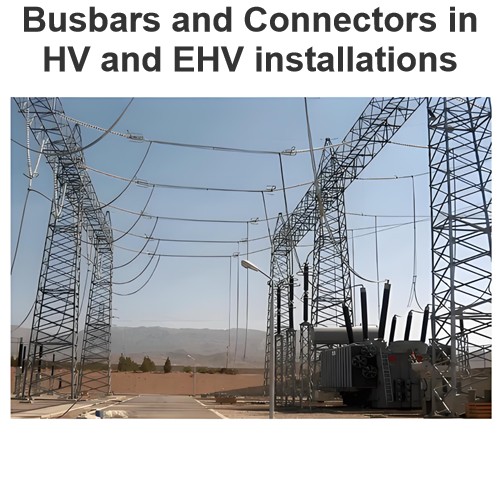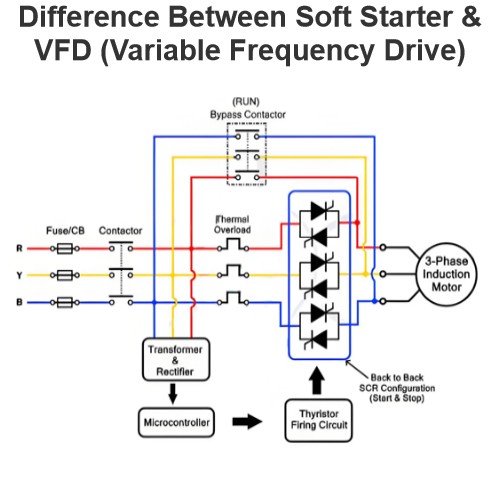Transient and Steady State Response in a Control System
Transient Response of Control System
As the name suggests transient response of control system means changing so, this occurs mainly after two conditions and these two conditions are written as follows-
Condition one : Just after switching ‘on’ the system that means at the time of application of an input signal to the system.
Condition second : Just after any abnormal conditions. Abnormal conditions may include sudden change in the load, short circuiting etc.
Steady State Response of Control System
Steady state occurs after the system becomes settled and at the steady system starts working normally. Steady state response of control system is a function of input signal and it is also called as forced response.
Now the transient state response of control system gives a clear description of how the system functions during transient state and steady state response of control system gives a clear description of how the system functions during steady state.
Therefore the time analysis of both states is very essential. We will separately analyze both the types of responses. Let us first analyze the transient response. In order to analyze the transient response, we have some time specifications and they are written as follows:
Delay Time: Represented by td, this metric measures how long it takes the response to reach fifty percent of its final value for the first time.
Rise Time: This time is represented by tr, and can be calculated using the rise time formula. We define rise time in two cases:
In case of under damped systems where the value of ζ is less than one, in this case rise time is defined as the time required by the response to reach from zero value to hundred percent value of final value.
In case of over damped systems where the value of ζ is greater than one, in this case rise time is defined as the time required by the response to reach from ten percent value to ninety percent value of final value.
Peak Time: This time is represented by tp. The time required by the response to reach the peak value for the first time, this time is known as peak time. Peak time is clearly shown in the time response specification curve.
Settling Time: This time is represented by ts, and can be calculated using the settling time formula. The time required by the response to reach and within the specified range of about (two percent to five percent) of its final value for the first time, this time is known as settling time. Settling time is clearly shown in the time response specification curve.
Maximum Overshoot: It is expressed (in general) in percentage of the steady state value and it is defined as the maximum positive deviation of the response from its desired value. Here desired value is steady state value.
Steady state error: Defined as the difference between the actual output and the desired output as time tends to infinity.Now we are in position we to do a time response analysis of a first order system.
Transient State and Steady State Response of First Order Control System

Let us consider the block diagram of the first order system.
From this block diagram we can find overall transfer function which is linear in nature. The transfer function of the first order system is 1/((sT+1)). We are going to analyze the steady state and transient response of control system for the following standard signal.
Unit impulse.
Unit step.
Unit ramp.
Unit impulse response : We have Laplace transform of the unit impulse is 1. Now let us give this standard input to a first order system, we have
Now taking the inverse Laplace transform of the above equation, we have
It is clear that the steady state response of control system depends only on the time constant ‘T’ and it is decaying in nature.
Unit Step Response: The Laplace transform for the unit step input is 1/s. Applying this to a first order system, we analyze its effects on the system’s behavior.
With the help of partial fraction, taking the inverse Laplace transform of the above equation, we have
It is clear that the time response depends only on the time constant ‘T’. In this case the steady state error is zero by putting the limit t is tending to zero.
Unit Ramp Response : We have Laplace transform of the unit impulse is 1/s 2.
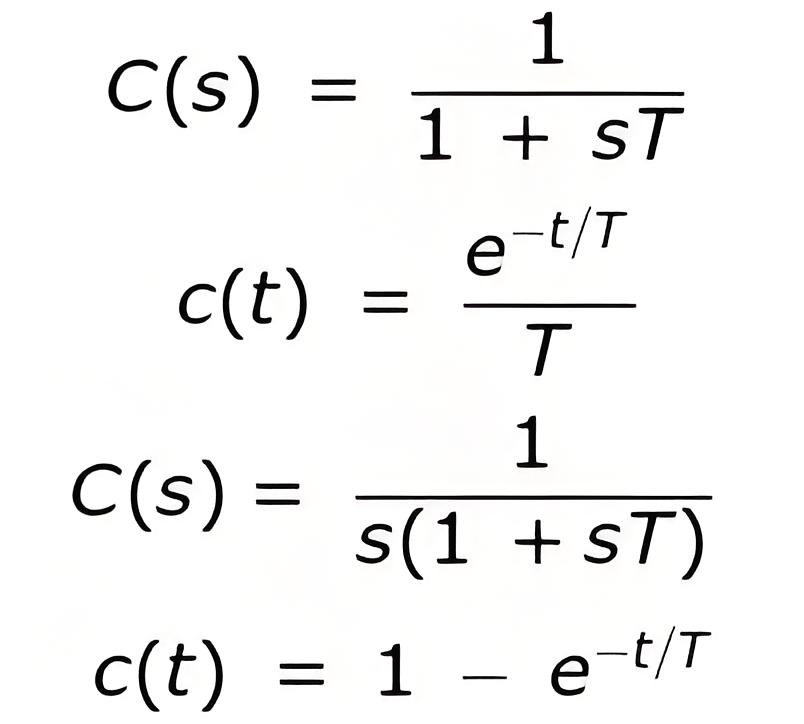
Now let us give this standard input to first order system, we have
With the help of partial fraction, taking the inverse Laplace transform of the above equation we have
On plotting the exponential function of time we have ‘T’ by putting the limit t is tending to zero.
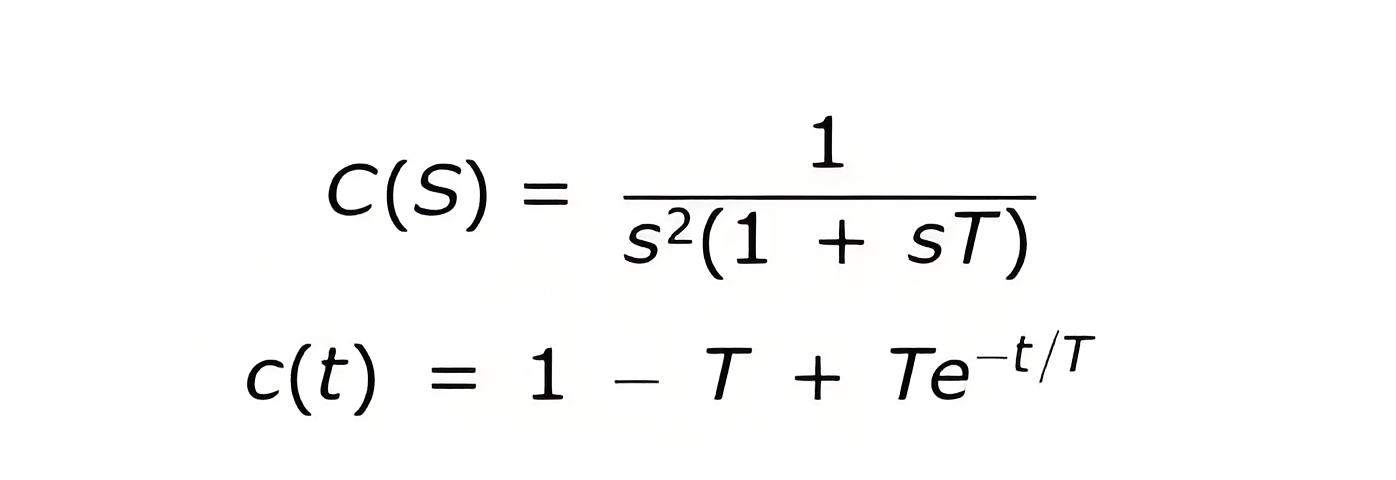
Transient State and Steady State Response of Second Order Control System
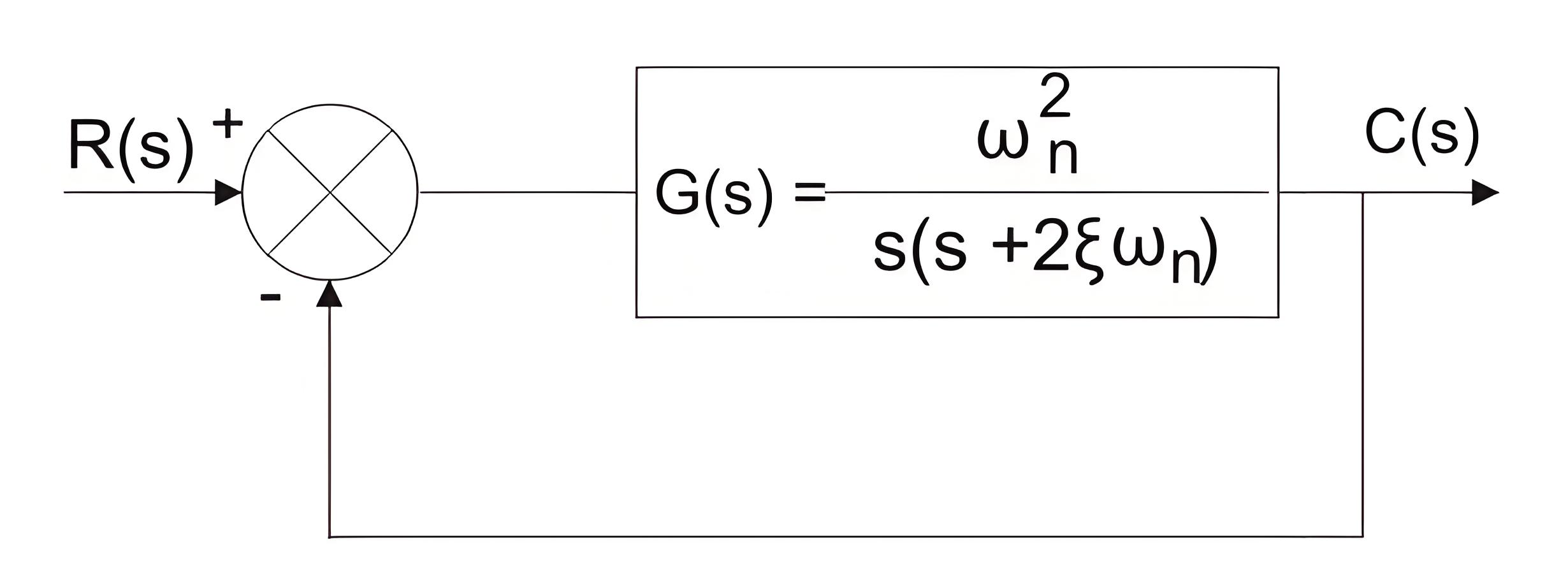
Let us consider the block diagram of the second order system.
From this block diagram we can find overall transfer function which is nonlinear in nature. The transfer function of the second order system is (ω2) / {s (s + 2ζω )}. We are going to analyze the transient state response of control system for the following standard signal.
Unit Impulse Response : We have Laplace transform of the unit impulse is 1. Now let us give this standard input to second order system, we have
Where, ω is natural frequency in rad/sec and ζ is damping ratio.
Unit Step Response : We have Laplace transform of the unit impulse is 1/s. Now let us give this standard input to first order system, we have
Now we will see the effect of different values of ζ on the response. We have three types of systems on the basis of different values of ζ.
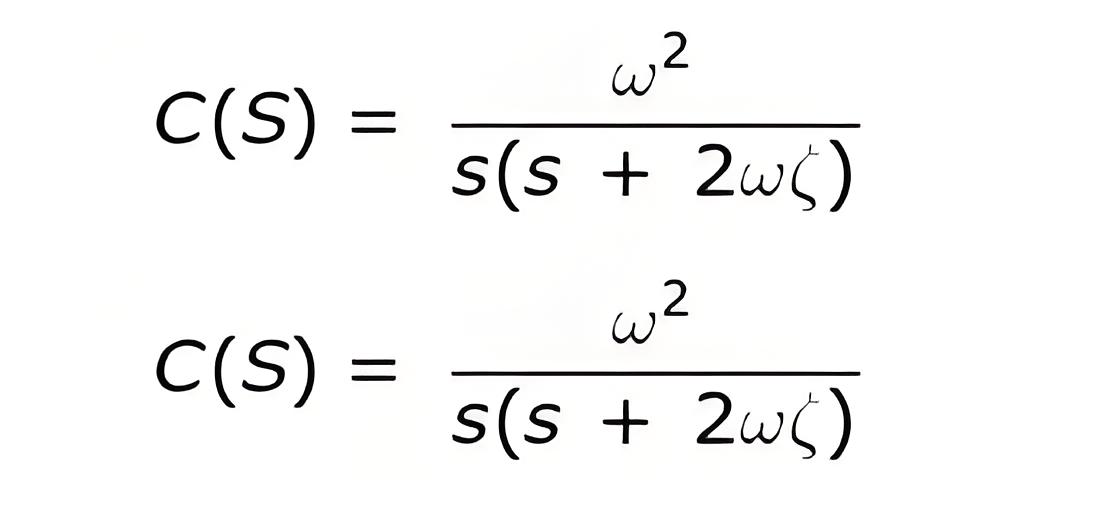
Under Damped System: Defined by a damping ratio (ζ) less than one, this system features complex roots with negative real parts, ensuring asymptotic stability and a shorter rise time with some overshoot.
Critically Damped System : A system is said to be critically damped system when the value of ζ is one. In this case roots are real in nature and the real parts are always repetitive in nature. System is asymptotically stable. Rise time is less in this system and there is no presence of finite overshoot.
Over Damped System : A system is said to be over damped system when the value of ζ is greater than one. In this case roots are real and distinct in nature and the real parts are always negative. System is asymptotically stable. Rise time is greater than the other system and there is no presence of finite overshoot.
Sustained Oscillations : A system is said to be sustain damped system when the value of zeta is zero. No damping occurs in this case.
Now let us derive the expressions for rise time, peak time, maximum overshoot, settling time and steady state error with a unit step input for second order system.
Rise Time : In order to derive the expression for the rise time we have to equate the expression for c(t) = 1. From the above we have
On solving above equation we have expression for rise time equal to
Peak Time : On differentiating the expression of c(t) we can obtain the expression for peak time. dc(t)/ dt = 0 we have expression for peak time,
Maximum Overshoot : Now it is clear from the figure that the maximum overshoot will occur at peak time tp hence on putting the value of peak time we will get maximum overshoot as
Settling Time : Settling time is given by the expression
Steady State Error : The steady state error is diffrerence between the actual output and the desired output hence at time tending to infinity the steady state error is zero.
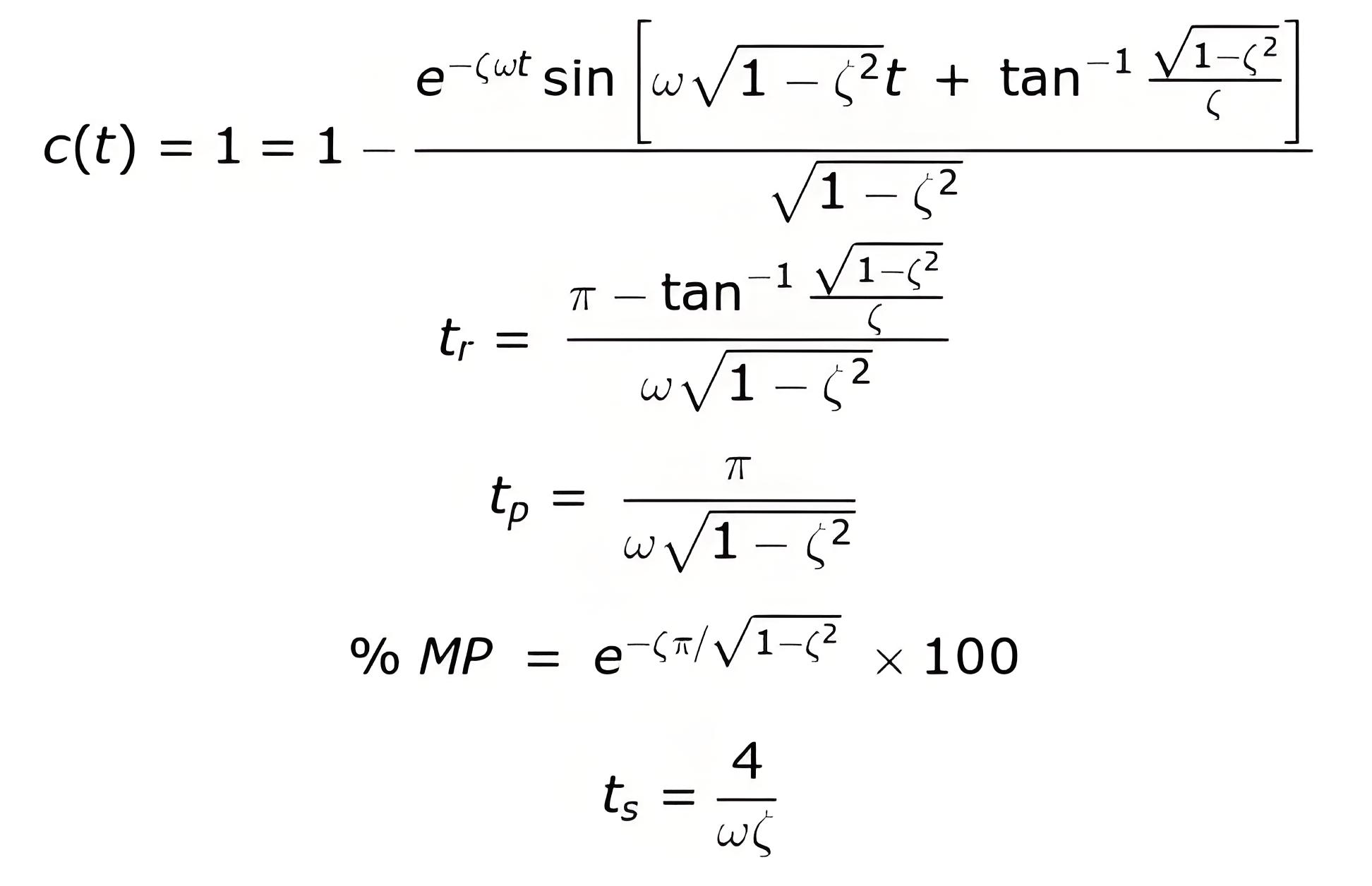
The Electricity Encyclopedia is dedicated to accelerating the dissemination and application of electricity knowledge and adding impetus to the development and innovation of the electricity industry.
